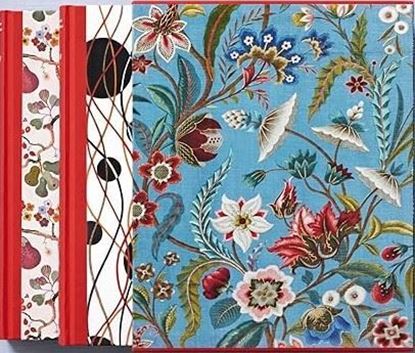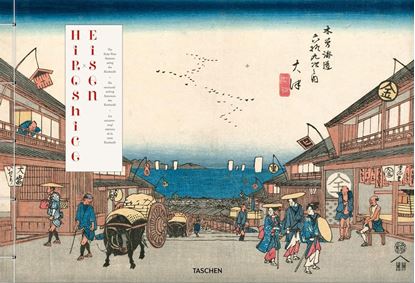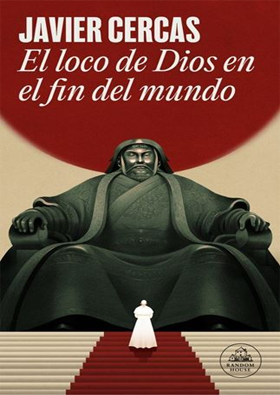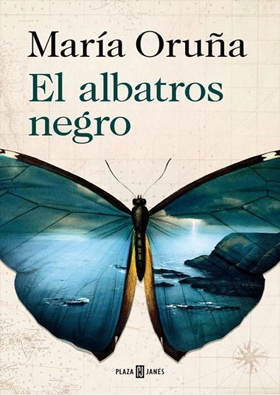

NOVEDADES
DAVID BAILEY. EIGHTIES
In the 1980, fashion wanted to make a statement and found in legendary British fashion photographer David Bailey its perfect chronicler. After Bailey shaped the style of the Swinging Sixties, fashion in the eighties posed a new challenge: brighter colours, higher glamour, statuesque models, extreme makeup, spandex, lycra, jumpsuits, power dressing, big hair, and as Grace Coddington puts it in her introduction, “jackets with padded shoulders over the shortest mini-skirts and dangerously high-heeled shoes.”
7,995
THE BOOK OF PRINTED FABRICS. (CL)(INT)
In the far east of France, close to the German and Swiss borders, lies the historic city of Mulhouse. During the early 19th century, it became one of the leading centres of textile manufacture in the country. Today it is home to the Musée de l’Impression sur Étoffes, a museum dedicated entirely to the history of fabric printing from the 17th century right up to the present day.
Few are the serious fashion designers who have not come to visit this astonishing temple to textiles. This book, however, gives you the key to those vaults, presenting on its broad pages perfectly captured images of its collections that span four different continents – recounting a fascinating artistic and technological adventure across the world, from its origins in India to the most contemporary creations.
7,995
XL-HIROSHIGE/EISEN, KISOKAIDO-INT
The Kisokaido route through Japan was ordained in the early 1600s by the country’s then-ruler Tokugawa Ieyasu, who decreed that staging posts be installed along the length of the arduous passage between Edo (present-day Tokyo) and Kyoto. Inns, shops, and restaurants were established to provide sustenance and lodging to weary travelers. In 1835, renowned woodblock print artist Keisai Eisen was commissioned to create a series of works to chart the Kisokaido journey. After producing 24 prints, Eisen was replaced by Utagawa Hiroshige, who completed the series of 70 prints in 1838.
8,995











